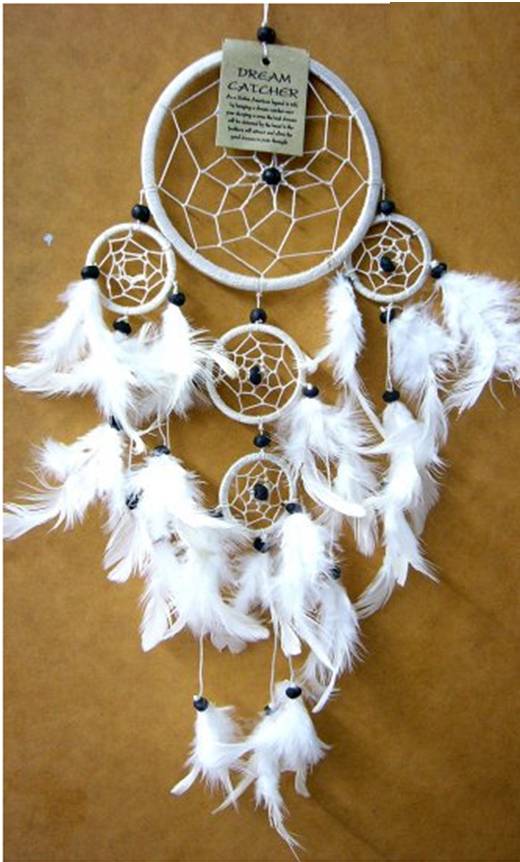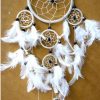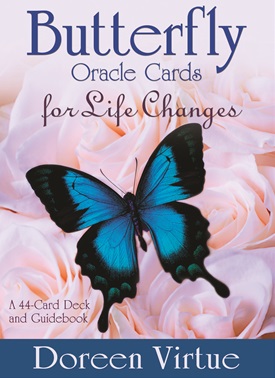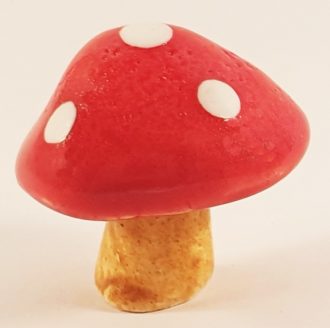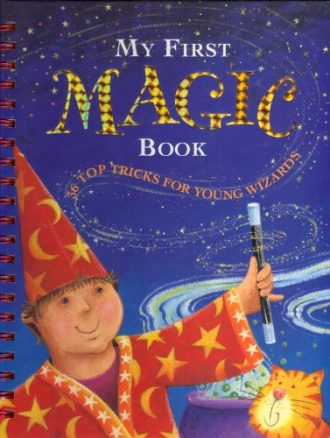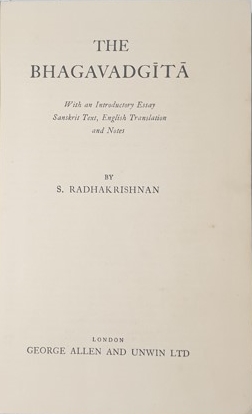Product Description
Dream Catcher (Dreamcatcher) – Mini – White
Size: 12cm diameter with 40-45cm drop.
As told in Native American legend, hanging a Dream Catcher near where you sleep protects the sleeper from bad dreams. The dreams are attracted by the feathers and the web filters out the bad dreams while allowing the good dreams to pass through.
In Ojibwe (Chippewa) culture, a dreamcatcher (or dream catcher; Ojibwe asabikeshiinh, the inanimate form of the word for “spider” or bawaajige nagwaagan meaning “dream snare”) is a handmade object based on a willow hoop, on which is woven a loose net or web. The dreamcatcher is then decorated with personal and sacred items such as feathers and beads.
While dreamcatchers originated in the Ojibwa Nation, during the Pan-Indian Movement of the 1960s and 1970s they were adopted by Native Americans of a number of different nations. Some consider the Dream Catcher as a symbol of unity among the various Native American Indian Nations, and a general symbol of identification with Native American or First Nations cultures. However, other Native Americans have come to see Dream Catcher as over-commercialized.
Even infants were provided with protective charms. Examples of these are the “spiderwebs” hung on the hoop of a cradle board. These articles consisted of wooden hoops about 3½ inches in diameter filled with an imitation of a spider’s web made of fine yarn, usually dyed red. In old times this netting was made of nettle fiber. Two spider webs were usually hung on the hoop, and it was said that they “caught any harm that might be in the air as a spider’s web catches and holds whatever comes in contact with it.”
Traditionally, the Ojibwa construct dreamcatchers by tying sinew strands in a web around a small round or tear-shaped frame of willow (in a way roughly similar to their method for making snowshoe webbing). The resulting “dream-catcher”, hung above the bed, is used as a charm to protect sleeping children from nightmares. As dreamcatchers are made of willow and sinew, they are not meant to last forever but are intended to dry out and collapse as the child enters the age of wonderment.
The Ojibwa believe that a dreamcatcher changes a person’s dreams. According to Konrad J Kaweczynski, “Only good dreams would be allowed to filter through . . . Bad dreams would stay in the net, disappearing with the light of day.” Good dreams would pass through and slide down the feathers to the sleeper.

